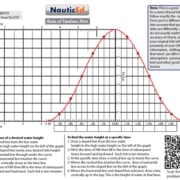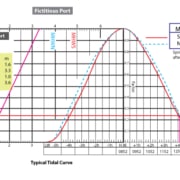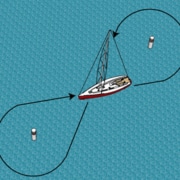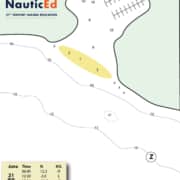Understanding Tides
If you like this animation explanation please “LIKE” it and g+1 it. It’s a good exchange for the free value we provide here. thanks
How the tides work in practice
Here is an animation we came up with to help understand how the tides shift by about 1/2 an hour later each day when you have a diurnal tide (twice per day). Notice that the first high tide starts out at about noon, the next high tide occurs just after 12:30 after midnight followed by just after 1 pm the next day. This is due to the moon circling the earth about every 28 days whilst the earth rotates itself every 24 hours. i.e. In relative terms the moon appears to rotate around the earth every 24 hours and 50.4 minutes but because of the bulge effect 2 tide cycles complete every rotation cycle.
This animation and others are embedded into Module 1 of our NauticEd Skipper Course. Module 1 covers weather and sea conditions where you learn about tides and tide prediction, currents and weather prediction along with the best Apps to find the information quickly.
A few other things to notice is that the rate of the tide is falling fastest at half tide and the rate is the slowest at low tide and high tide. This is defined by the rule of twelve which is further explained in detail in the Skipper Course. The bulge effect is also fully explained. i.e. how do you get 2 tides every moon cycle?
Take a look at the NauticEd Skipper Course now!

Skipper Sailing Course
- RYA Day Skipper with NauticEd - April 1, 2024
- NauticEd uses the SailTies GPS Tracking App - March 29, 2024
- Sea of Cortez Flotilla – February 2025 - March 8, 2024







